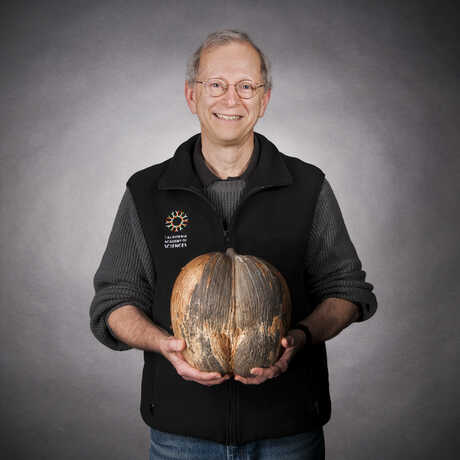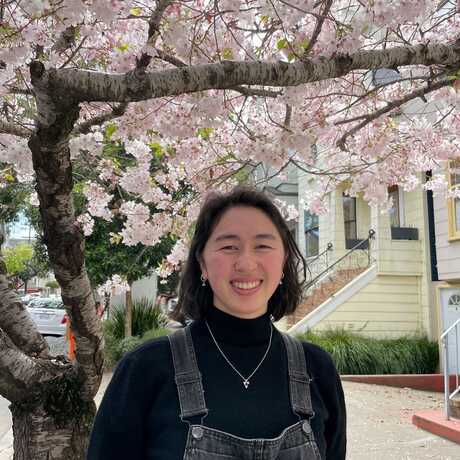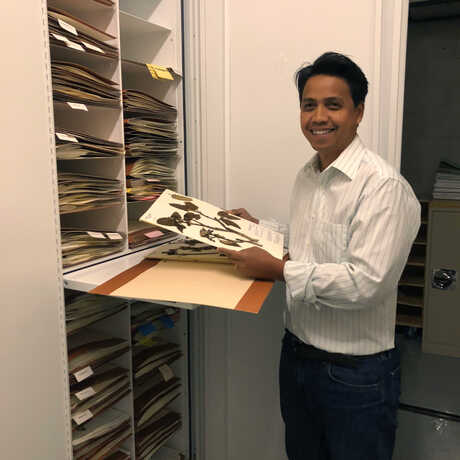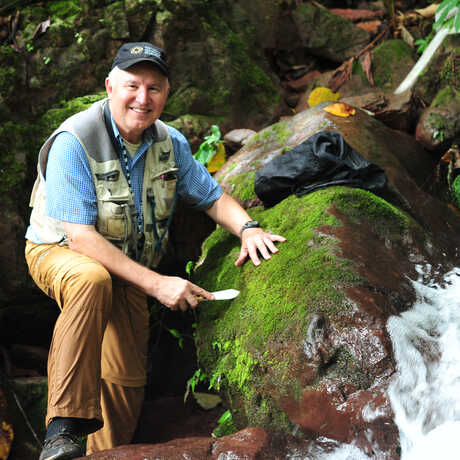Using flowering plants to address questions about plant biodiversity, biogeography, and evolution, I am interested in why some families of flowering plants are so species-rich and the factors that have promoted this diversification. Can certain families of plants be used as indicators of biodiversity hotspots and can this information be useful in conservation decisions? I am also studying species in a megadiverse family of plants like Princess Flowers (Melastomataceae) to determine how they are related to one another and where they fit into the tree of life for flowering plants.
For the past 30 years the major emphasis of my research has been the study of New World Acanthaceae (shrimp plants and their relatives). Although known in temperate regions primarily for showy ornamentals, the Acanthaceae are the 11th largest family of flowering plants (with more than 4,000 species) and a prominent element of many tropical regions. Mexico and Central America comprise a major center of diversity for this family.
I came to the Academy as a volunteer in 2016 in the Geology Department. Now, I split my time working as a Research Assistant for Geology and a Curatorial Assistant in Botany. Some of my duties include collections care, data cleaning, digitization, loan processing, volunteer management, and assisting visiting researchers. I have a B.S. from UC Davis in Wildlife, Fish and Conservation Biology with a minor in Environmental Toxicology. Recently, I graduated from San Jose State University's Master of Library and Information Science program.
As a curator in the Botany Department at the California Academy of Sciences, Dr. Sarah Jacobs is part of a core team of scientists that collectively curates the Academy’s collection of over 2.3 million herbarium specimens. As the Howell Chair of Western North American Botany, she is particularly focused on guiding and shaping the collection of Western North American plants, ensuring their preservation, growth, and relevance into the future.
I am a research assistant in the Nagalingum lab in the Botany department. My current research project is on cycads from South Africa in the genus Encephalartos (Zamiaceae). Many of the species from this region are functionally extinct in the wild or critically endangered, so we are using genomic data to assess the genetic diversity of these species in order to inform ex situ conservation efforts. My previous research projects with Dr. Nagalingum focused on Malaysian fern phylogenetics, and population genetics of an Australian cycad, Cycas candida (Cycadaceae).
My time in the Botany department at the Cal Academy spans my graduate and curatorial assistant work from 2005-2011 and my return in 2018 to present. I studied the taxonomy of Paleotropical Mendoncia (Acanthaceae) for my MS degree and was lucky enough to travel to Madagascar twice. Now, I manage the collection and look forward to the challenging yet fulfilling work ahead with our great team.
My research interests focus on the taxonomy, systematics and biogeography of the Malagasy flora. I am conducting ongoing research on the St. John’s wort family, Hypericaceae, and the princess flower family, Melastomataceae, and am also investigating the relationships between Malagasy species and closely related groups from mainland Africa and the New World.
My ongoing research interests are on moss floristics and basic bryophyte inventory activities. My field work shifted around 1997 from flowering plants to bryophytes with an emphasis in bryogeography through specimen acquisition to expand the diversity of the collections within the CAS herbarium. Thirteen plant species have been named in my honor including seven flowering plants and six mosses including the moss genus Shevockia endemic to Asia.







